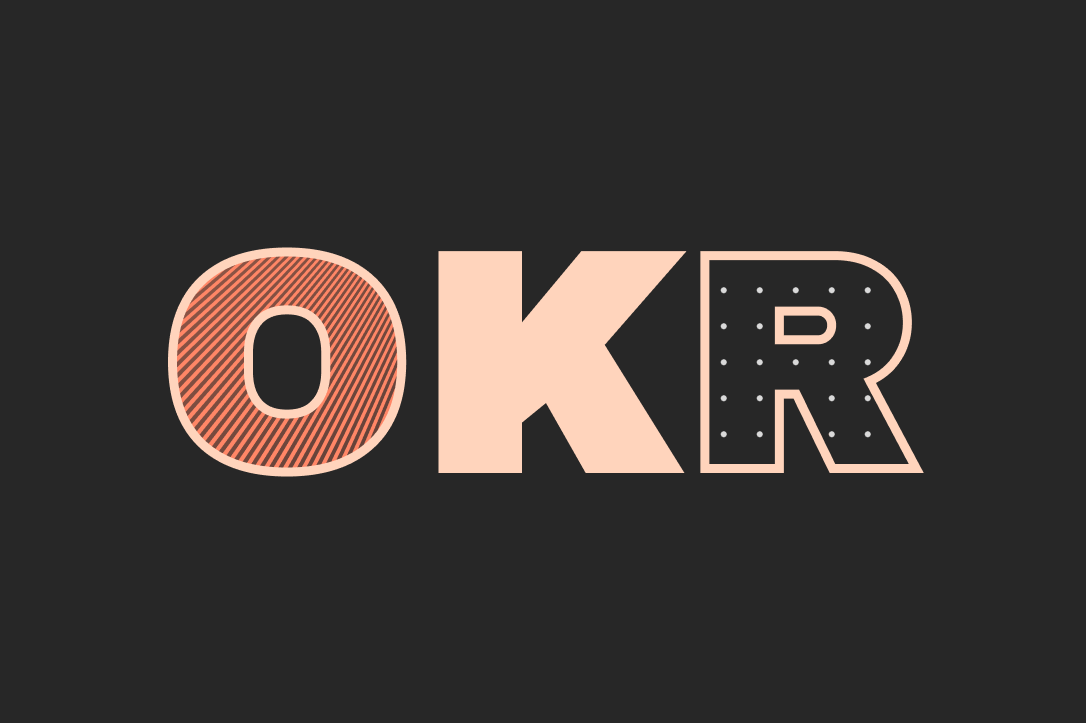Objective and Key Results: 101
#61: How to set up meaningful goals and track relevant metrics
Welcome to Fundament, a weekly product design newsletter where we share actionable tips and insightful stories with the worldwide design community. Join 2,000+ readers and grow as a UX and product designer with us!
Objective and Key Results: 101
When I think of my first encounter with the OKR framework, I have a vivid memory of a company where I worked in…



